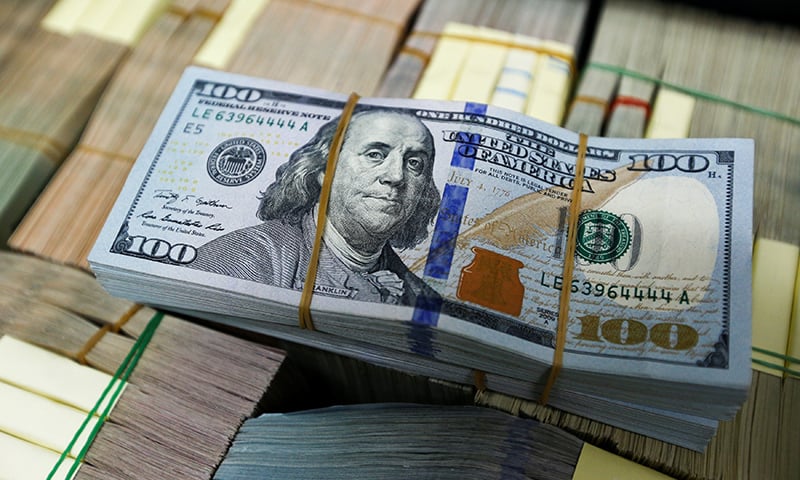By Staff Reporter
KARACHI: Pakistan’s current account balance turned negative in January, as a surge in imports outweighed a modest increase in remittances and a slight decline in exports, central bank data showed on Monday.
The current account deficit was $269 million in January, compared with a surplus of $404 million in December, the State Bank of Pakistan said in a statement. The deficit was also higher than the $167 million recorded in the same month a year earlier.
The reversal in the current account balance came as imports rose 11 percent to $5.51 billion in January from $4.96 billion in the same period last year, driven by higher demand for machinery, petroleum products, and food items. Imports also exceeded exports by $2.14 billion, the widest gap since July 2023.
The imports of petroleum products jumped 15.65 percent month-on-month in January as global oil prices climbed to their highest level in more than a year. The import bill of the petroleum group, which includes crude oil, refined products, liquefied petroleum gas and natural gas, stood at $1.43 billion in January, up from $1.24 billion in December. The petroleum group accounted for 31.7 percent of the total import bill in January, the highest share among all categories.
On a year-on-year basis, the imports of petroleum products rose 13.45 percent in January, compared to $1.26 billion in the same month last year. However, in the first seven months of the fiscal year 2023-24 (7MFY23), the import bill of petroleum products declined 22.45 percent to $8.78 billion, against $11.33 billion in the same period last year.
Pakistan, which imports about 80 percent of its oil needs, is facing pressure from rising international oil prices.
Exports, meanwhile, fell 4.4 percent to $3.37 billion in January from $3.53 billion in December, as the country faced challenges in its textile sector, which accounts for more than half of its overseas shipments. Remittances, which have been a key source of foreign exchange inflows, rose 0.6 percent to $2.4 billion in January from $2.38 billion in December.
Despite the monthly deficit, Pakistan’s current account balance showed 71 percent improvement on a cumulative basis, as it posted a deficit of $1.09 billion in the first seven months of the fiscal year that began in July, compared with a deficit of $3.8 billion in the same period a year earlier. The improvement was mainly due to a sharp drop in the trade deficit and a sustained increase in remittances.
The current account balance is a key indicator of the country’s economic health, as it measures the difference between the value of goods, services, and transfers that it exports and imports. A widening deficit can put pressure on the currency and deplete the foreign exchange reserves, which are needed to pay for imports and service external debt. Pakistan, which relies heavily on imports to fuel its economy, has faced recurrent balance of payments crises in the past and has sought multiple bailouts from the International Monetary Fund.
Copyright © 2021 Independent Pakistan | All rights reserved




